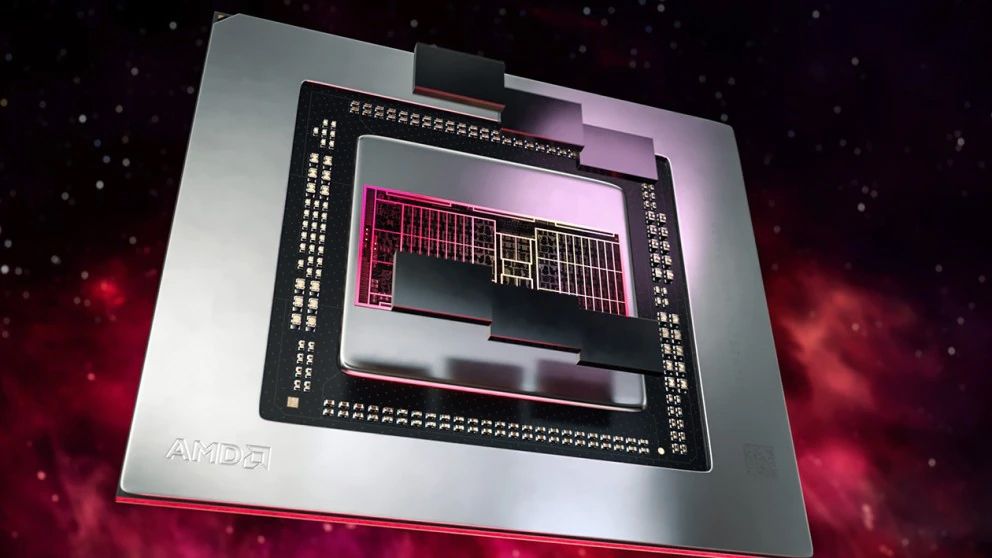Well as I said, the yields would probably be good enough that there would likely be a low percentage of dies that actually have a quarter cut due to defects. Look at N31, even the most cut down part had 16 out of 96 CUs cut, and it came a while later. And you don't want to intentionally cut good dies to sell a lower priced part. So the heavily salvaged part is likely to be limited volume.Depends how much of a product stack they'd want. Maybe 8800XT, 8700XT, 8700 for N48 then 86XT to 85XT for N44? The perf/price/value gap may be far too great without it and if they can get more money for cheap parts why not from their perspective
See above on my point on the cut down die.Yes, you are always going to have asome percentage of dies that need to be salvaged, if yields are that good then you want a big cut to salvage the most into a single product.
They really need that 192bit N48 to fall inbetween the two N32, which seems likely if they are giving it 19Gbps GDDR6.
The main issue is how high they can push N44 and not be bandwidth limited? A 20% bump over N33 seems doable but how much farther...
If they can push N44 to ~3.7ghz that could net them ~1.35x of N33 and be within ~10% of 7700XT, but that might need 20Gbps DDR6.
The other issue is, could they do a clam shell mode with both 4Gib and 8Gib chips and give N44 12GB of VRAM.
I have been tweaking this lineup for quite awhile but this seems to make the most sense to me, though maybe a bit optimistic in some places.
Prices are obviously up in the air, Just depends on final design/performance and a bit on the branding/model name.
N48 16GB 64CU/128ROPs @ 3.4ghz 250w ~7900XT (+50%7700XT,+30%7800XT)
N48bin 16GB 56CU/128ROPs @ 3.2ghz 220w ~7900GRE (+30%7700XT)
N48cut 12GB 48CU/96ROPs @ 3.0ghz 180w ~RTX4070 (+60%7600XT,+10%7700XT)
N44 12GB 32CU/64ROPs @ 3.7ghz 160w ~3070Ti (+35%7600XT, +10%4060Ti)
N44bin 12GB 32CU/64ROPs @ 3.2ghz 140w ~6700XT (+15%7600XT)
N44cut 8GB 28CU/64ROPs @ 2.8ghz 100w ~7600XT/RTX4060 (OEM?)
Edit- Removed my naming and pricing estimates since they were likely way off.
3.7 GHz for N44 seems difficult. Rumours indicated 3.3-3.4 ghz at most and for a lower end part you'd want to keep the power draw under control. MLID indicated even lower for N48 in his recent video (2.9-3.2 ghz) and he's been fairly accurate with AMD leaks as of late. And I think the vram is likely to be 8 GB which is not ideal. N48 is likely to stick to 96 ROPs just like N32 I think?
What I hope for this time is AMD to push for more notebook market share instead of letting Nvidia take practically the whole market. N48 and N44 are ideal mobile parts and I'd like to see a more reasonable 12/16 GB VRAM option available.

